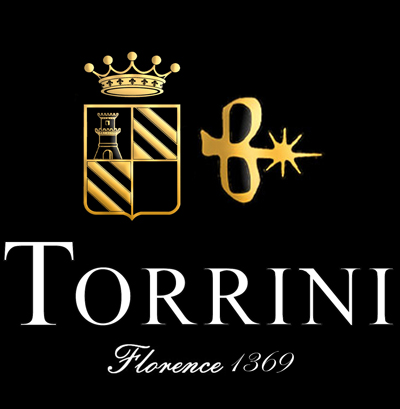Turquoise Gemstone

What is the Turquoise?
Turquoise is an opaque gem with intense blue color, fascinating over the millennia reigning and passionate about gems.
The origin of Turquoise's name is uncertain; most likely, it refers to the Turkey from which this gem came. The deposits that produce the best quality Turquoise is Iran, although there are several mines in the United States (Arizona, New Mexico, Nevada), Mexico, South Africa, Russia, China, and Tibet. In many of these countries, this gem was considered a sacred stone.
In Europe, it was the stone of knights and travelers because it was thought to protect against risks and dangers. In Asia, it was also used as a bargaining chip. Ancient Rome knew and appreciated the Turquoise, as Pliny the Elder tells us in his stories.

Turquoise Mineral
Turquoise is a mineral that in nature hides inside rocks with different types of formation. The most popular color is the intense and uniform blue, typical of the best mineral qualities.
This gemstone is always opaque and can rarely be barely translucent. Turquoise can have brown or black veins of Limonite (common oxide) which reduce its value and sense of rarity.
The most beautiful quality refers to the Persian mines of Ali-Marsa-Koh, from which turquoise of an intense blue without veins are extracted.
Turquoise Birthstone
Turquoise is the gemstone of the month of December.

What is the Turquoise?
Turquoise is an opaque gem with intense blue color, fascinating over the millennia reigning and passionate about gems.
The origin of Turquoise's name is uncertain; most likely, it refers to the Turkey from which this gem came. The deposits that produce the best quality Turquoise is Iran, although there are several mines in the United States (Arizona, New Mexico, Nevada), Mexico, South Africa, Russia, China, and Tibet. In many of these countries, this gem was considered a sacred stone.
In Europe, it was the stone of knights and travelers because it was thought to protect against risks and dangers. In Asia, it was also used as a bargaining chip. Ancient Rome knew and appreciated the Turquoise, as Pliny the Elder tells us in his stories.
Turquoise Quality Factor
Discover the quality factor of the Turquoise
The beauty of Turquoise depends on the quality of the raw mineral highlighted by the master cutter.
We can summarize in 3 points a good quality Turquoise:
The most valuable Turquoises are those without veins.
The finest Turquoise has an intensely blue uniform color.
This gem must be completely opaque and not semi-transparent.

The Brief History of Turquoise
Turquoise was one of the most ornamental precious stones in the ancient Egyptian civilization, obtained from the mines in the Sinai known as the Uada Maghara. Among the oldest finds, an 8000-year-old turquoise bracelet is found in a sarcophagus in the Valley of the Kings.
The softness and compactness of this gem also make it suitable for sculptures such as the bust of Tiberius preserved in the Museo degli Argenti in Florence, made in ancient Rome.
The Maja, Incas, and Navajo civilizations tell beautiful stories of the ornamental use of the Turquoises, as evidenced by the various archaeological finds dating back to our times.
Why we love Turquoise

Turquoise Jewels
Turquoise is very popular in its best quality without streaks, intended only for high jewelry.
The intense blue color of the Turquoise, which reflects the shaded colors of the blue sky, is very suitable for adorning a jewel, making it unique.
Its beauty is equal to its delicacy due to its intrinsic qualities; in jewelry, selecting this gem's quality is a significant step.





